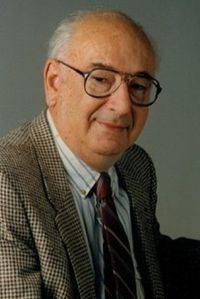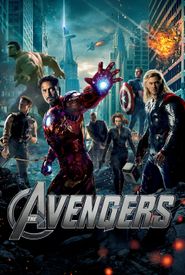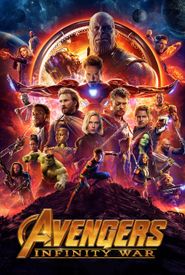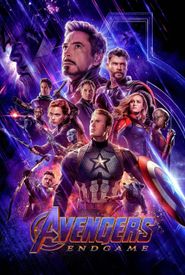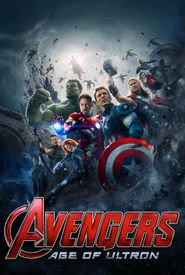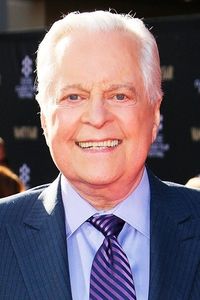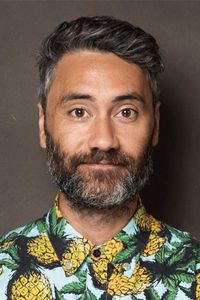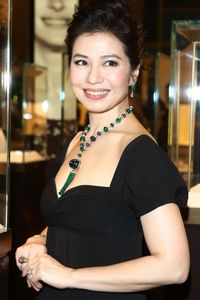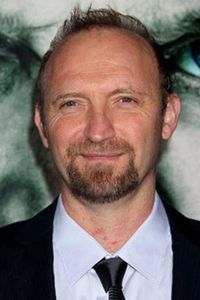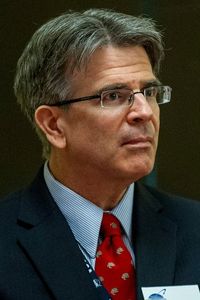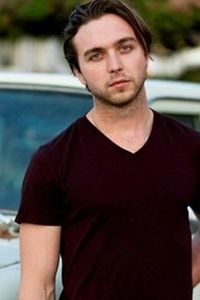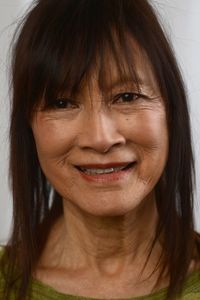Joe Simon was a renowned comic book writer and artist, best known as the first editor of Timely Comics (later renamed Marvel Comics) and the co-creator of Captain America. Born in 1913 in Rochester, New York, to a Jewish-American family, Simon's father, Harry Simon, was a tailor from Leeds, England, who immigrated to the United States in 1905, and his mother, Rose Kurland, was American.
Simon attended Benjamin Franklin High School, where he was the art director for both the school newspaper and yearbook. While still in school, he sold some of his artwork to universities. He graduated in 1932 at the age of 19.
After his graduation, Simon was hired as an assistant by Adolph Edler, the art director of the Hearst-owned newspaper "Rochester Journal-American". His duties included the creation of editorial cartoons and sports illustrations. In 1934, Simon was hired as a regular artist by the "Syracuse Herald". In 1936, he left the newspaper for a higher-paid position as the art director of the "Syracuse Journal", but the newspaper temporarily ceased publication shortly after. At the age of 23, Simon was unemployed for the first time since his graduation. He moved to New York City in search of a job.
Simon started doing freelance work for Paramount Pictures, retouching the studio's publicity photos. He also worked as a freelance illustrator for various magazines. One of his bosses recommended Simon as a prospective comic book artist to Lloyd Jacquet, head of the comic book packager "Funnies, Inc.". The company produced comic book stories and artwork, and sold them to publishing companies of the time. Jacquet hired Simon, and assigned him to work on Western stories.
In 1940, Martin Goodman, the publisher of Timely Comics, ordered some new stories for his magazines. Taking the assignment, Simon created stories for new characters "Fiery Mask" and "Trojak The Tiger Man". Meanwhile, his freelance work included a new comic book star, called "Blue Bolt". Seeking a partner to help work on more Blue Bolt stories, Simon chose Jack Kirby. They would continue working together for decades.
Goodman soon hired Simon as the first editor of Timely Comics. Simon and Kirby introduced the hit character Captain America. The first issue of "Captain America" (with a cover date of March 1941) sold nearly a million copies. Simon and Kirby remained on the title only until its 10th issue. National Comics (a predecessor of DC Comics) then hired them with a promise of a better salary. The duo revamped Sandman, created a new version of Manhunter, and introduced new teams Boy Commandos and the Newsboy Legion.
Simon's comic book career was interrupted when he enlisted in the United States Coast Guard for the duration of World War II. During his service, Simon befriended sports columnist Milt Gross (1895-1953) who was also serving in the Coast Guard. The two would eventually use their Coast Guard experience to co-create the "True Comics" newspaper strip, which was syndicated nationally by "Parents" magazine.
Following his discharge from the Coast Guard, Simon married his girlfriend Harriet Feldman. Harriet was an employee of Harvey Comics. Simon reconnected with Jack Kirby, and the two co-created the Western series "Boys' Ranch" (1950-1951) for Harvey Comics, and the horror anthology "Black Magic" (1950-1961). Their most notable co-creation of the time was "Young Romance" (1947-1975),the first and most successful of the romance comics genre.
In late 1953 or early 1954, Simon and Kirby launched their own publishing company, Mainline Publications. It only published four ongoing titles, before shutting down in 1955 due to low sales. He and Kirby parted ways, as Simon worked primarily in advertising and commercial art for the next few years.
In 1959, Simon returned to comics, when hired by Archie Comics. He created a revamped version of their old the Shield, renamed to Private Strong. He and Kirby teamed up again to create a new superhero for Archie Comics, called "the Fly". Simon only worked in the first two issues of the new title, before resuming life as a commercial artist.
In the 1960s, Simon produced promotional comics for the advertising agency Burstein and Newman. He also served as one of the founders of the satirical magazine "Sick" (1960-1980),which at the time rivaled "Mad" Magazine in popularity. Late in the decade, Simon also freelanced as a comic book writer and artist. His most notable creation at the time was "Brother Power the Geek" for DC Comics. The character was a mannequin who gained life and sentience, and his stories concerned his introduction 1960s hippie culture. The series was liked by readers, but disliked by editor
